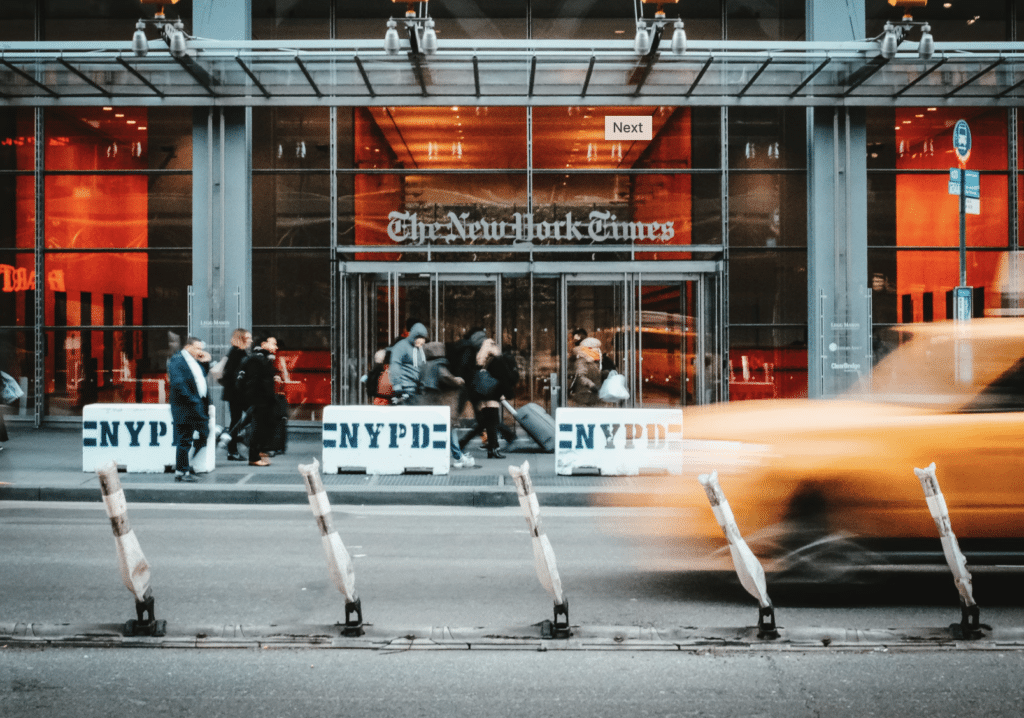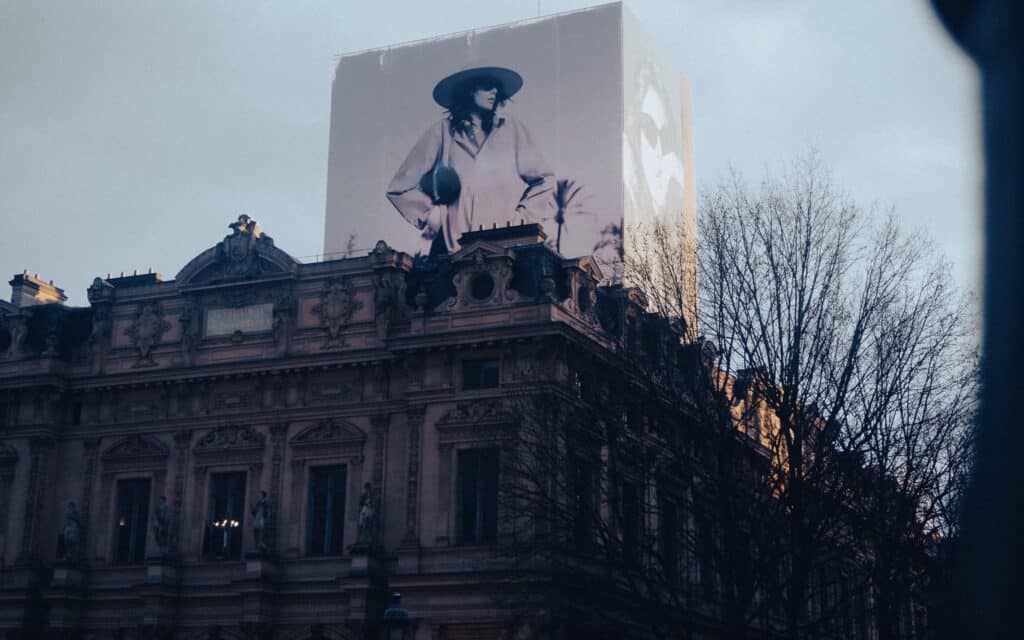The latest round in a mounting legal battle between major media companies and tech giants over the use of copyright-protected content to train artificial intelligence models produced a partial win for the publishers. In a newly-issued opinion, Judge Sidney H. Stein of the U.S. District Court for the Southern District of New York allowed key claims in the AI-centric lawsuit brought by the New York Times, Daily News LP, and The Center for Investigative Reporting (collectively, the “plaintiffs”) to move forward in their lawsuits against Microsoft and OpenAI.
The opinion denies motions to dismiss the plaintiffs’ claims of direct and contributory copyright infringement, as well as federal and state trademark dilution. While the court trimmed back other claims, including “hot news” misappropriation and parts of the plaintiffs’ Digital Millennium Copyright Act (“DMCA”) claims, the decision ensures that the heart of the lawsuit – the unauthorized use of journalistic content to train and power AI models – remains on the table.
The Background in Brief: The New York Times filed suit in December 2023, alleging that OpenAI and its partner and key investor Microsoft infringed on its copyrights by using millions of its articles to train GPT-based AI systems without permission or compensation. According to the complaint, OpenAI’s models – including GPT-3, GPT-3.5, and GPT-4 – regurgitate Times content in response to user prompts and strip away copyright management information in the process. The Times was later joined by an array of regional publishers (Daily News, Chicago Tribune, San Jose Mercury News, among others) and the nonprofit Center for Investigative Reporting, which also filed suit against OpenAI and Microsoft.
The plaintiffs allege that OpenAI and Microsoft not only used their works during the AI training stage but also enabled end users to generate infringing outputs – ranging from near-verbatim reproductions to hallucinated excerpts attributed to the wrong outlet. In short: OpenAI and Microsoft built powerful, profit-generating tools using expensive journalism created by others, without paying a dime for it. Against this background, the plaintiffs are seeking injunctive relief and monetary damages in connection with their claims of direct and contributory copyright infringement, DMCA violations, trademark dilution, and unfair competition.
A Partial Win for Publishers
In his April 4 opinion, Judge Stein allowed several of the most consequential claims waged by the plaintiffs to proceed. Most notably, he rejected OpenAI’s attempt to sidestep infringement claims tied to conduct that occurred more than three years before the lawsuits were filed, including the training of GPT-2 and GPT-3. OpenAI had argued those claims were time-barred under the Copyright Act’s three-year statute of limitations. But the court sided with the plaintiffs, finding they were not on “inquiry notice” of the alleged infringement until well after OpenAI’s products gained widespread attention.
“The discovery rule does not impose on copyright holders ‘a general duty to police the internet,’” the court emphasized, pushing back on the idea that publishers should have known about AI training practices as early as 2019.
The court also declined to dismiss the Times and co.’s contributory infringement claims. According to Judge Stein, the plaintiffs had plausibly alleged that OpenAI and Microsoft “knew or had reason to know” that their models could be used to reproduce copyrighted content without authorization. The court pointed to examples in the complaints showing that GPT-powered systems returned nearly identical outputs to copyrighted articles, often with misleading attributions. And despite arguments that GPT models are capable of “substantial non-infringing uses,” the court found that such defenses (inspired by the Sony doctrine) were premature at the motion-to-dismiss stage.
Mixed Results on DMCA, Misappropriation
The court was more skeptical of the plaintiffs’ DMCA claims, particularly those brought by The New York Times. While the judge found that CIR and the Daily News plaintiffs had plausibly alleged that OpenAI removed copyright management information with knowledge that doing so would facilitate infringement, he dismissed the corresponding claim in the Times’ case. Microsoft, for its part, escaped the DMCA claims entirely – for now.
The most decisive loss came on the unfair competition front. The court dismissed the plaintiffs’ “hot news” misappropriation claims with prejudice, finding that the alleged copying did not meet the narrow requirements for such a claim under New York common law. Also tossed: CIR’s “abridgement” theory – an argument that OpenAI’s summaries and truncated outputs constituted illegal abridged versions of their articles. The court held that these outputs were not substantially similar enough to the original works to sustain a copyright claim on that basis alone.
Media v. AI: A Few Takeaways
The ruling is an early but meaningful validation of the media’s core theory: that training and deploying AI models on copyrighted journalism – without consent – could constitute a violation of longstanding copyright and trademark laws. It also reaffirms the applicability of contributory infringement theories to generative AI tools, especially when the tools are trained on protected content and later used to produce infringing outputs. The court was clear: mere capability for legitimate use does not immunize tech companies when their tools are regularly used to reproduce copyrighted works.
At the same time, the court’s refusal to resurrect “hot news” misappropriation underscores the difficulty of using outdated doctrines to police new technologies. And its selective approach to the DMCA claims suggests that proving intent and knowledge in the AI context will be a high hurdle.
Most significantly, the court’s ruling leaves the door wide open for discovery – and potentially a trial – on the big questions: whether OpenAI and Microsoft’s training and deployment of generative AI tools violate copyright laws, and whether they owe compensation to the media outlets whose reporting helped build these products.
It is worth noting that the court did not reach the issue of fair use – a key defense that OpenAI and Microsoft are expected to rely on in the case (and has argued in other, similar lawsuits).
The cases are New York Times Company v. Microsoft Corporation, et al., 1:23-cv-11195 (SDNY); Daily News LP, et al. v. Microsoft Corporation, et al., 24-cv-3285; and Center for Investigative Reporting, Inc. v. Microsoft Corporation, et al., No. 24-cv-4872.














